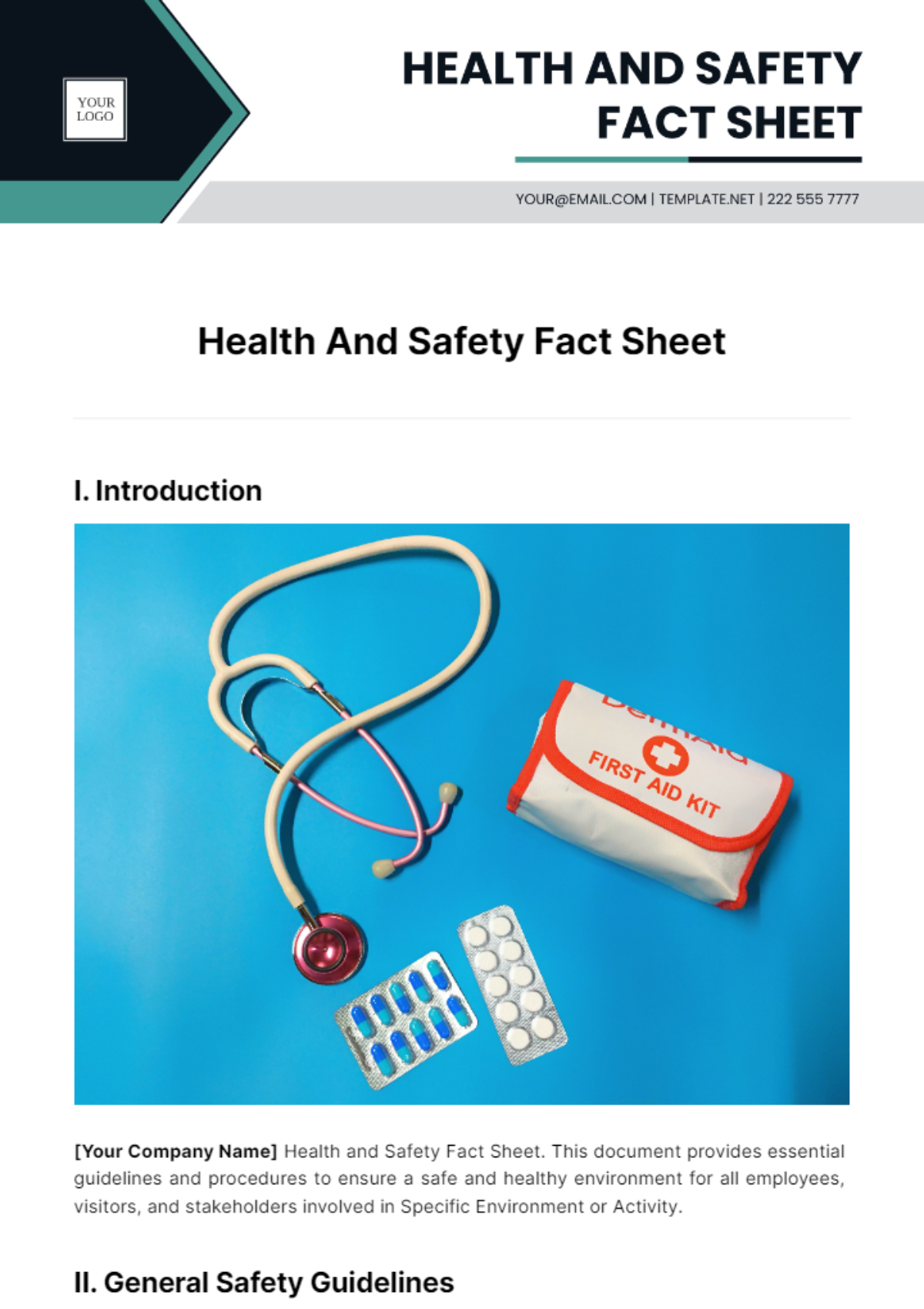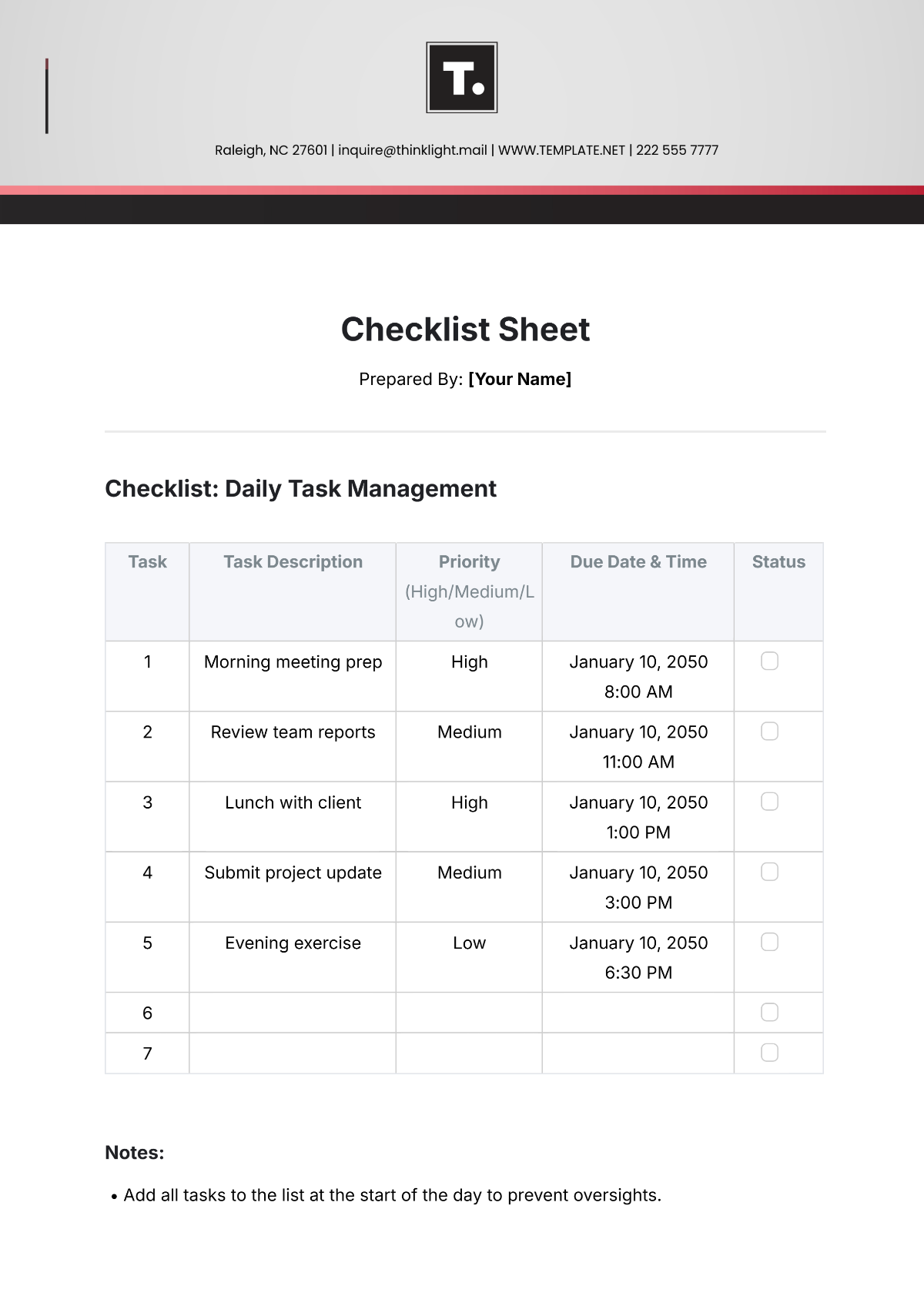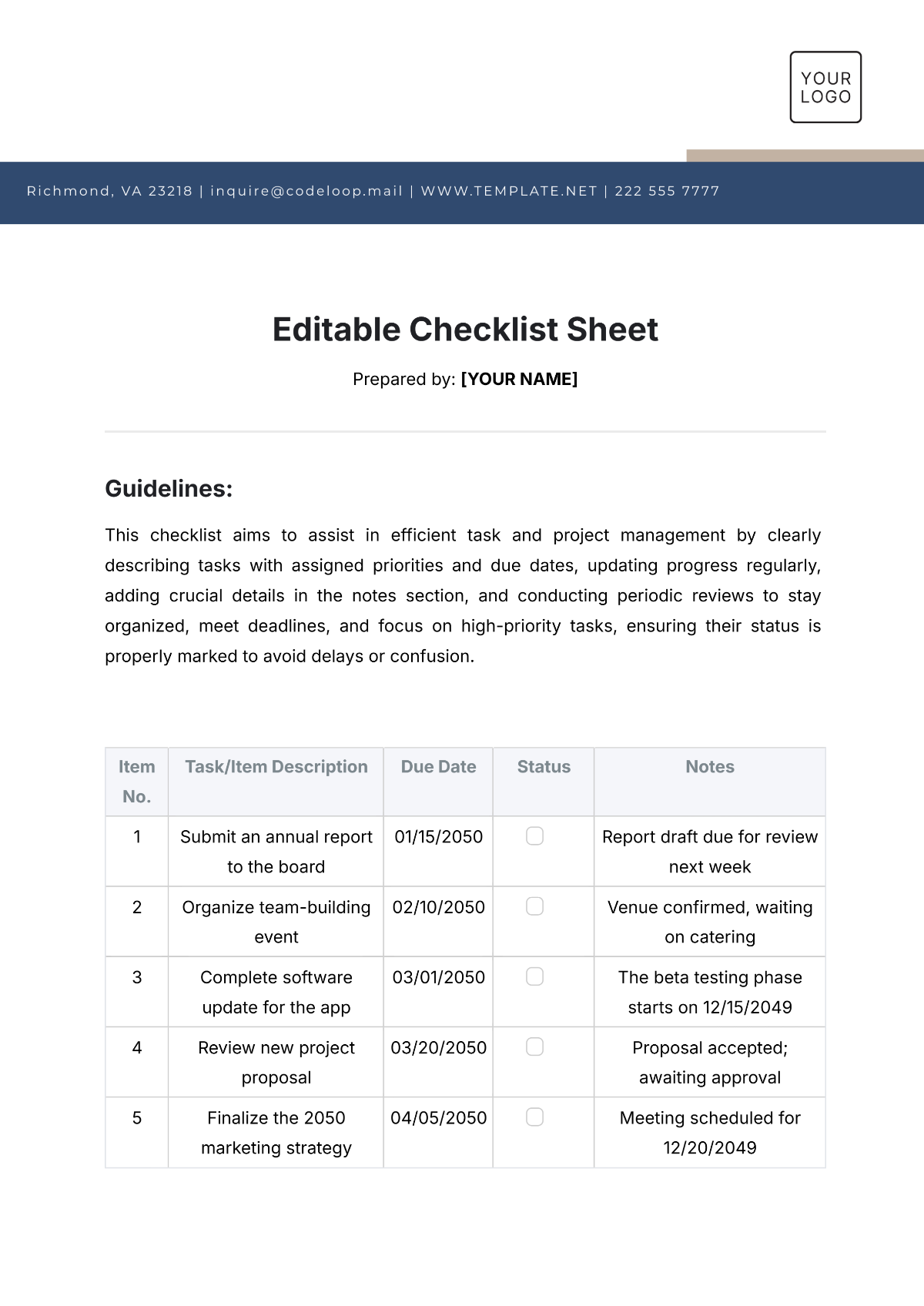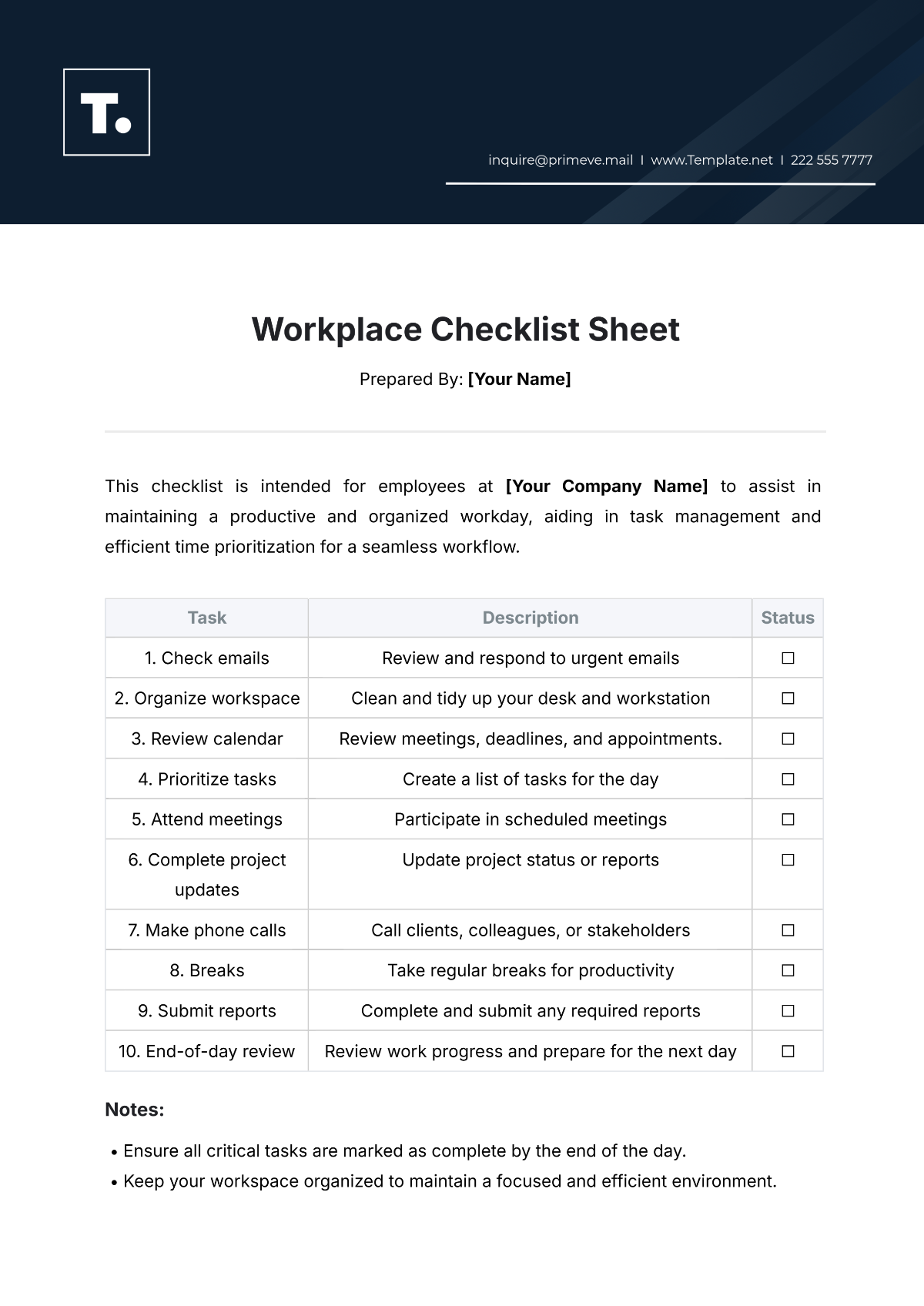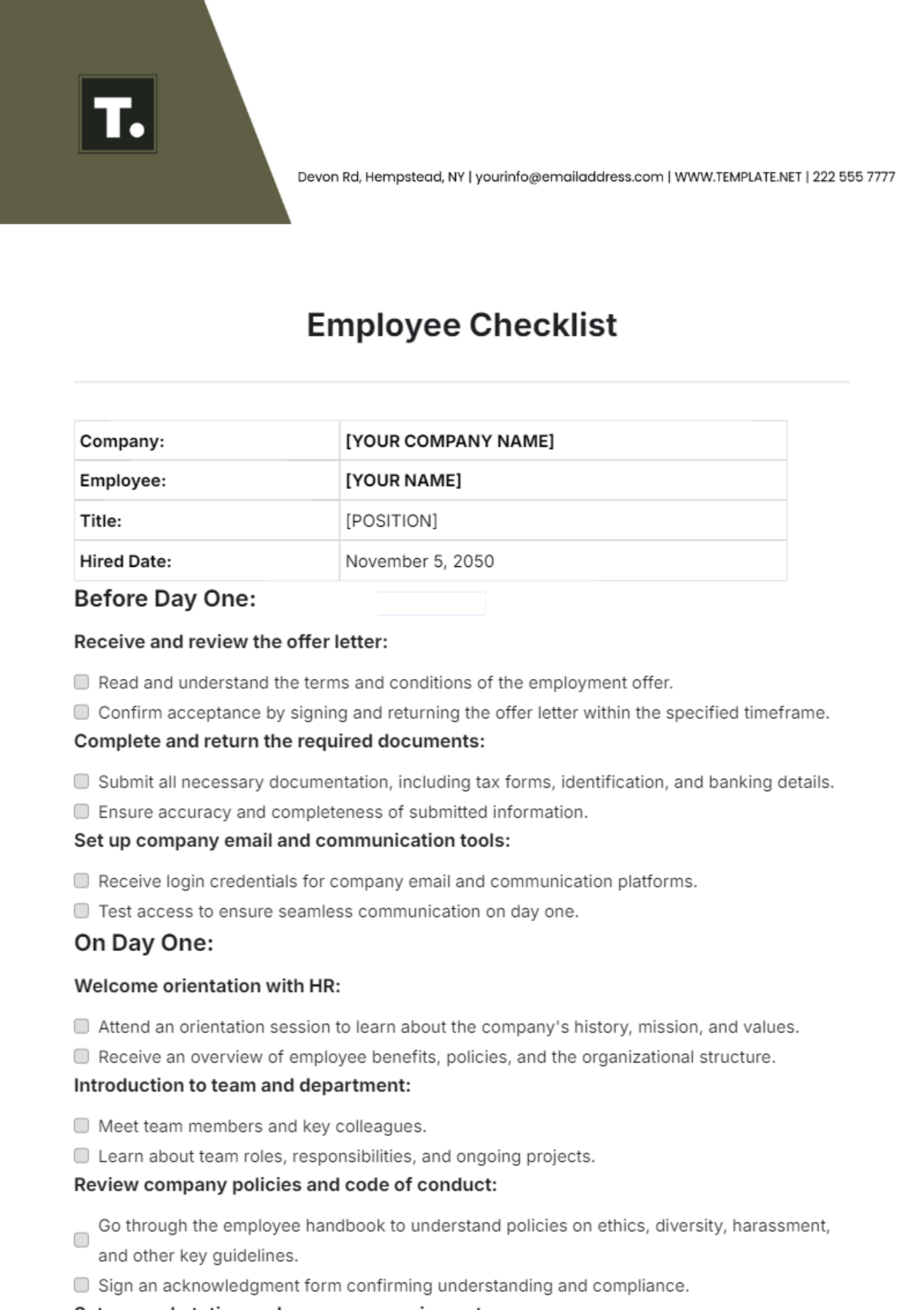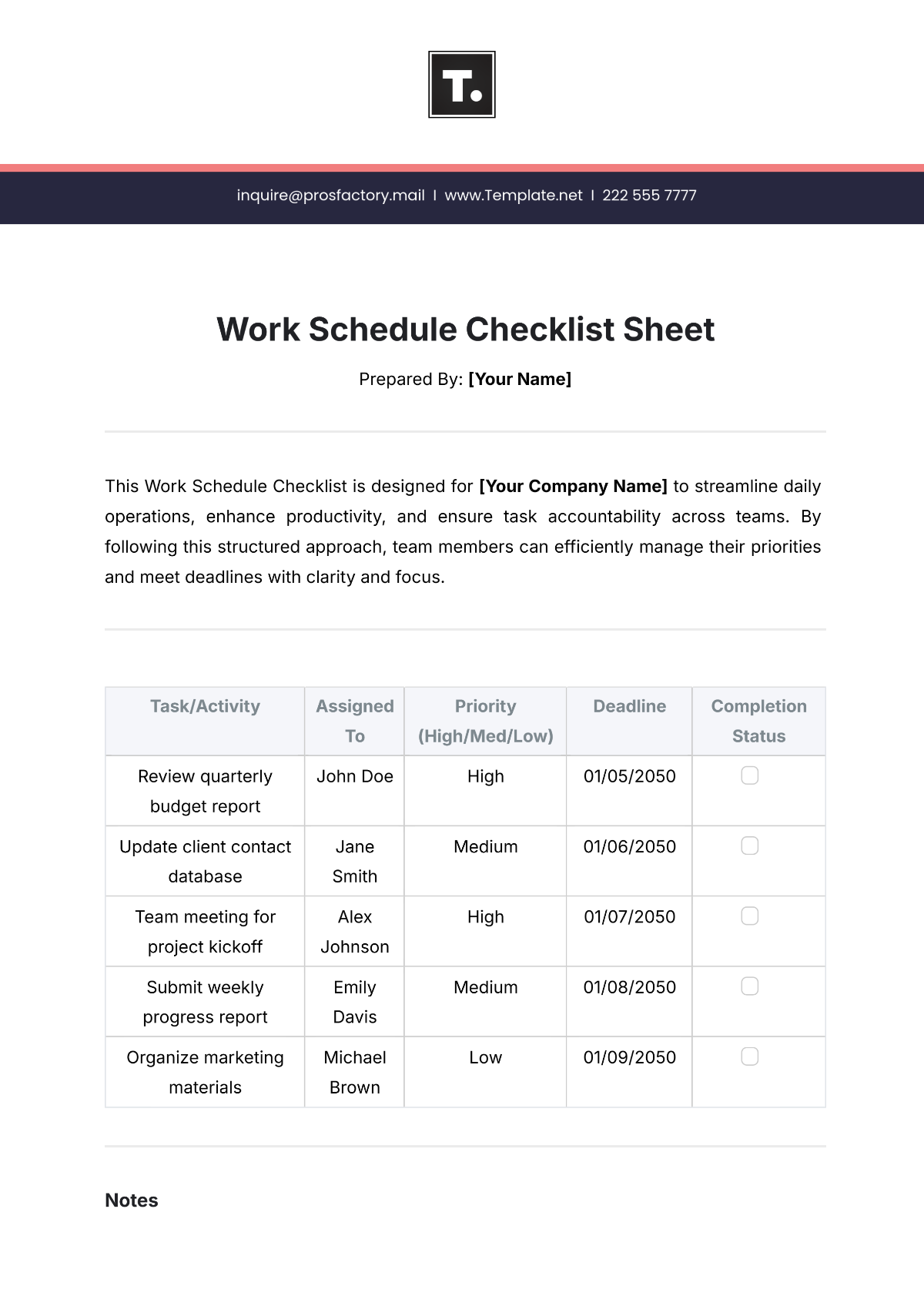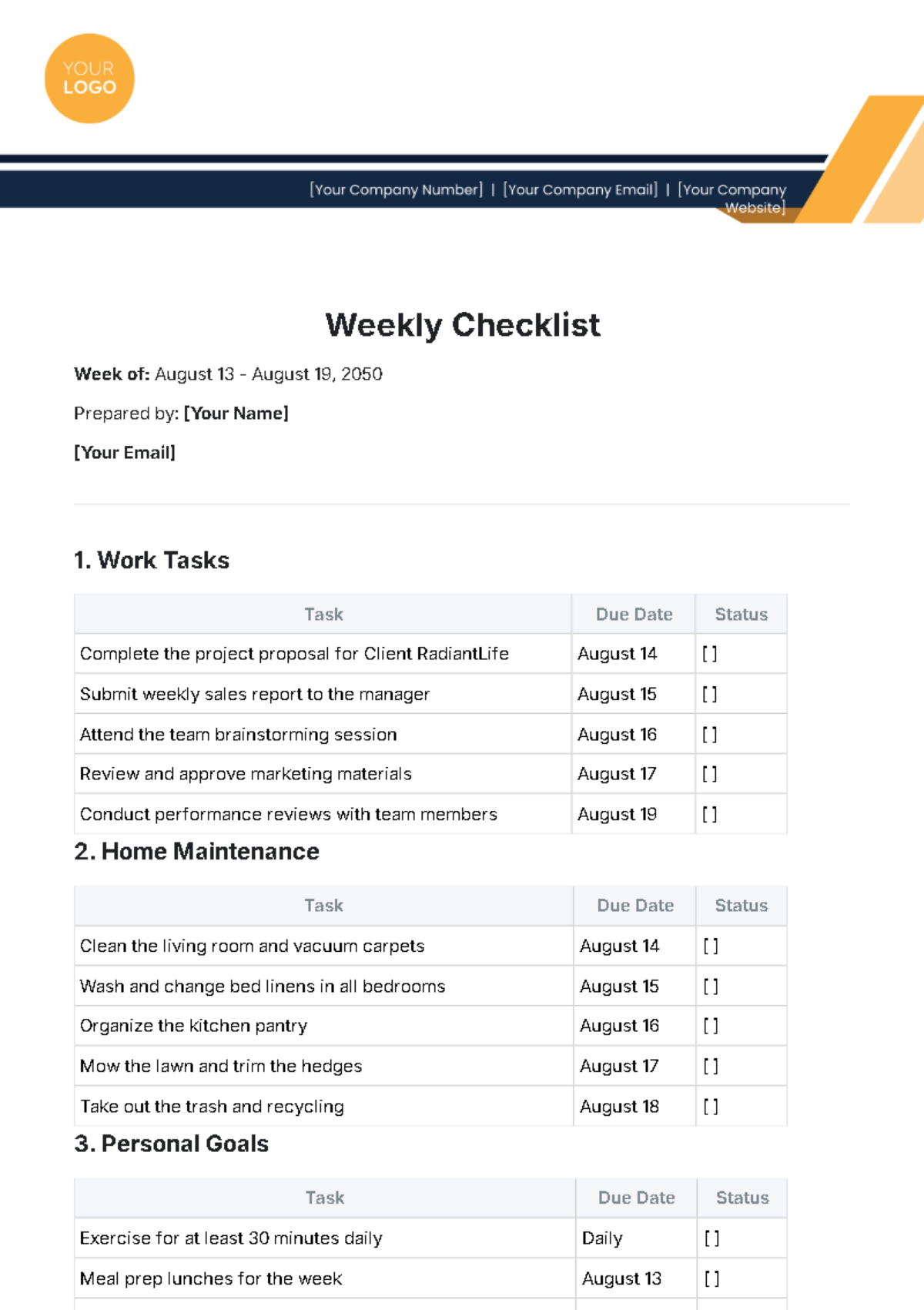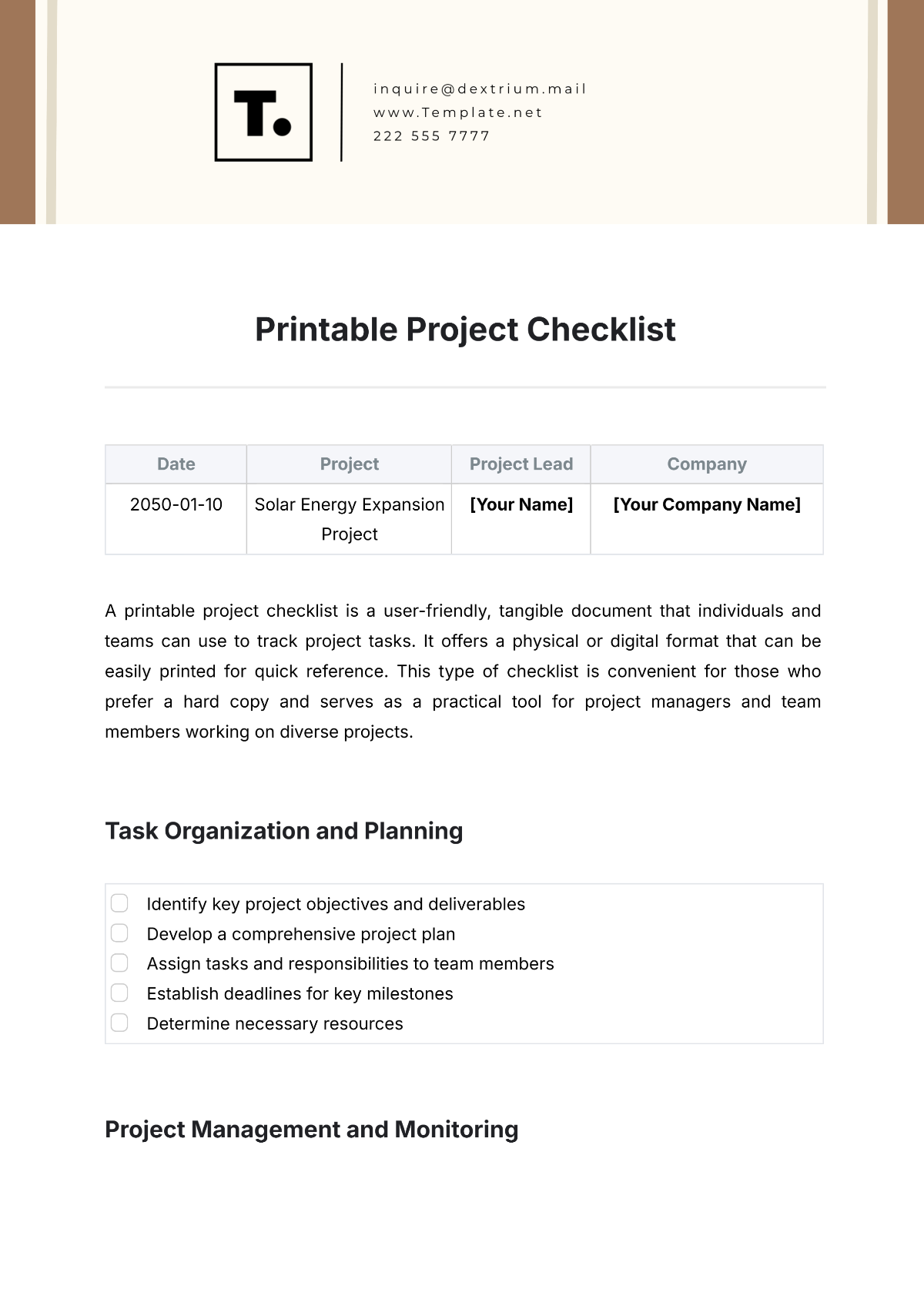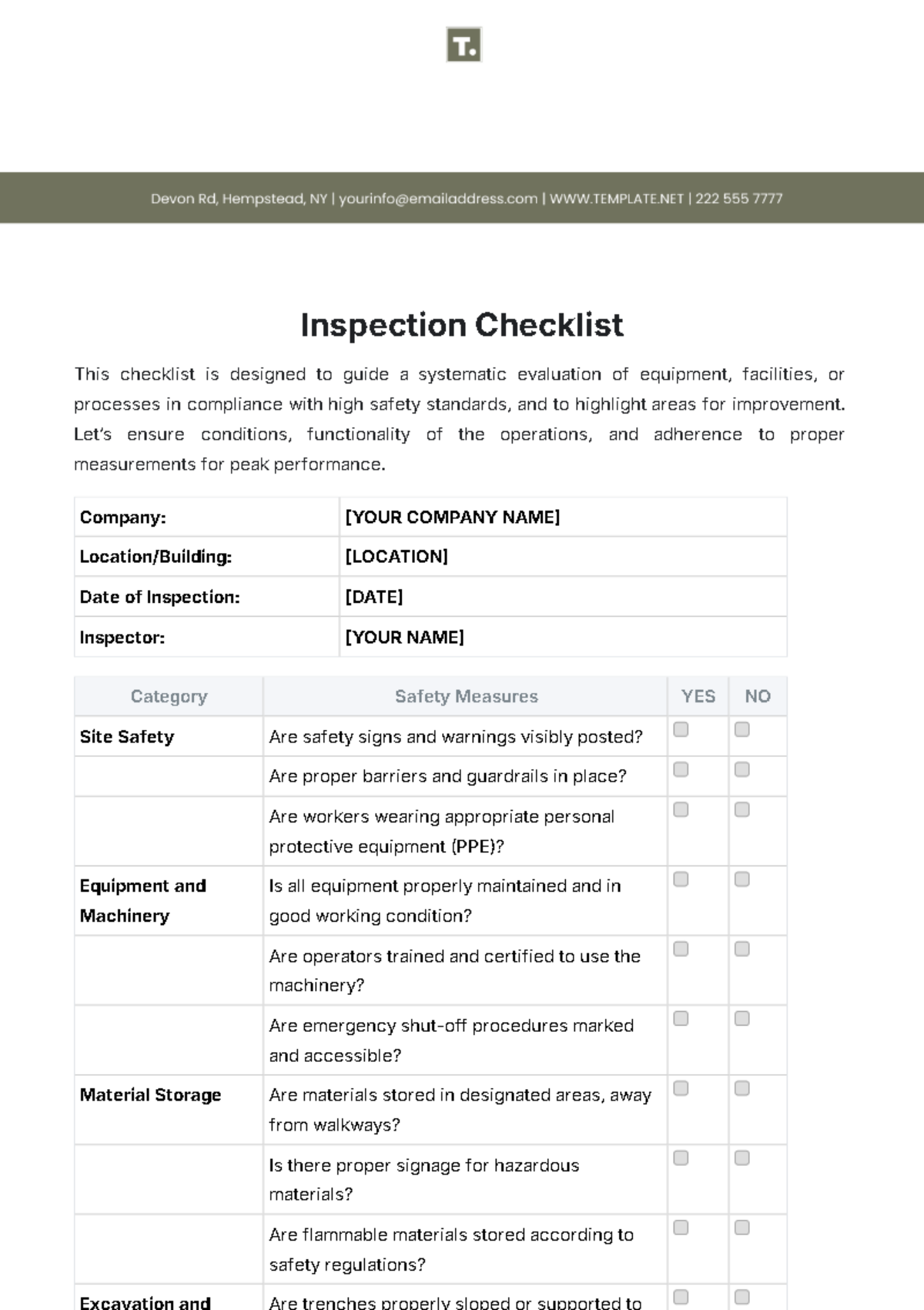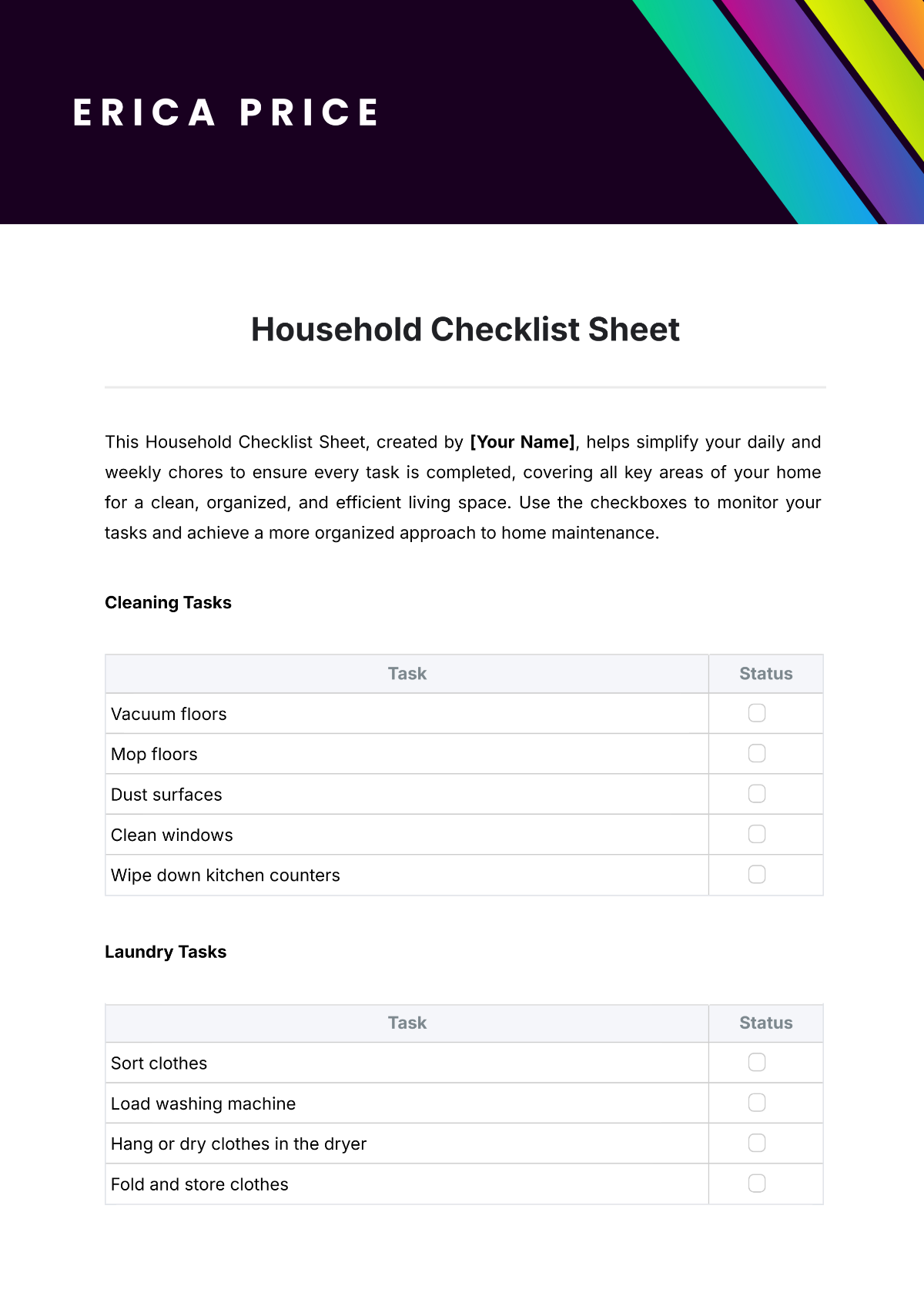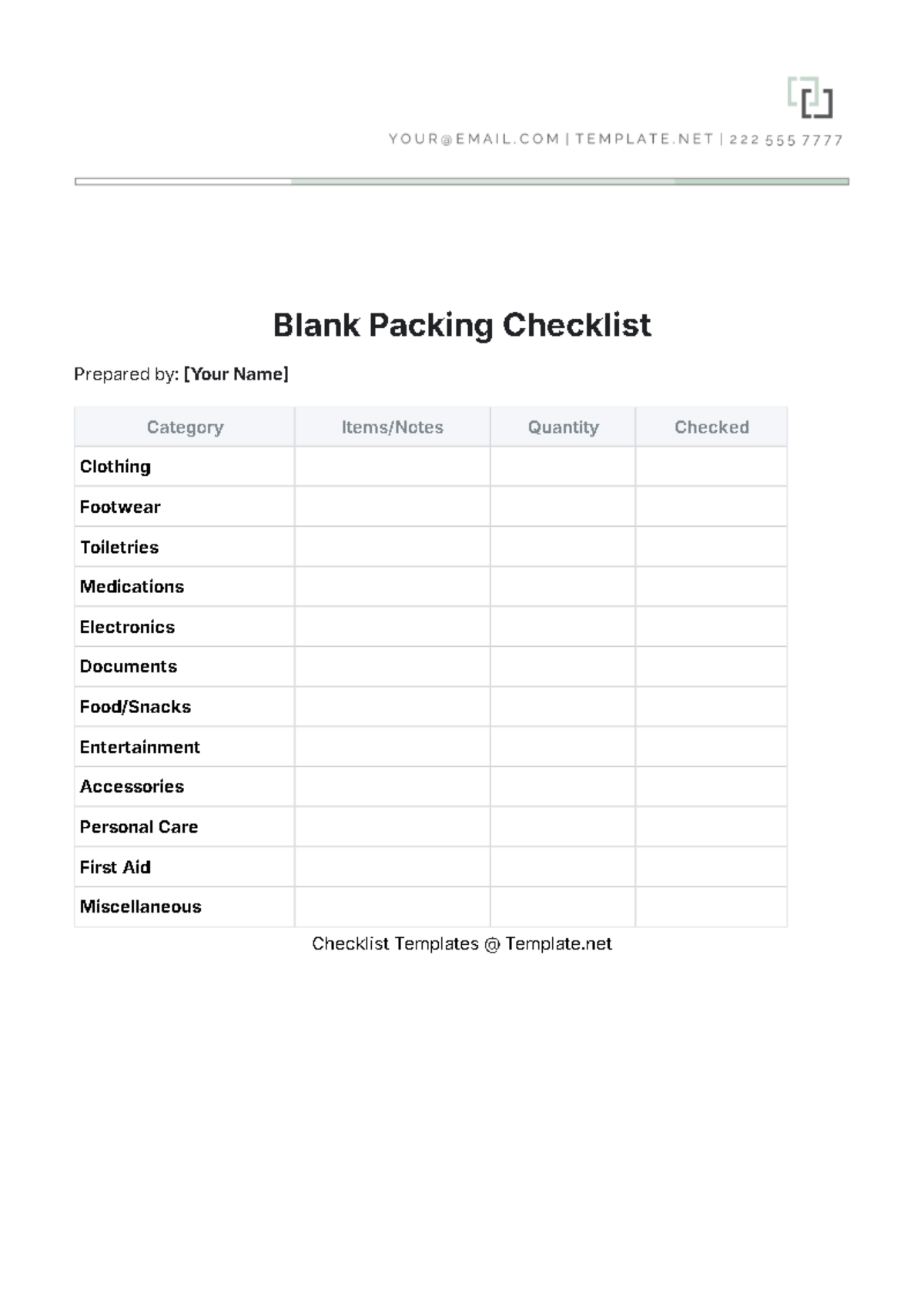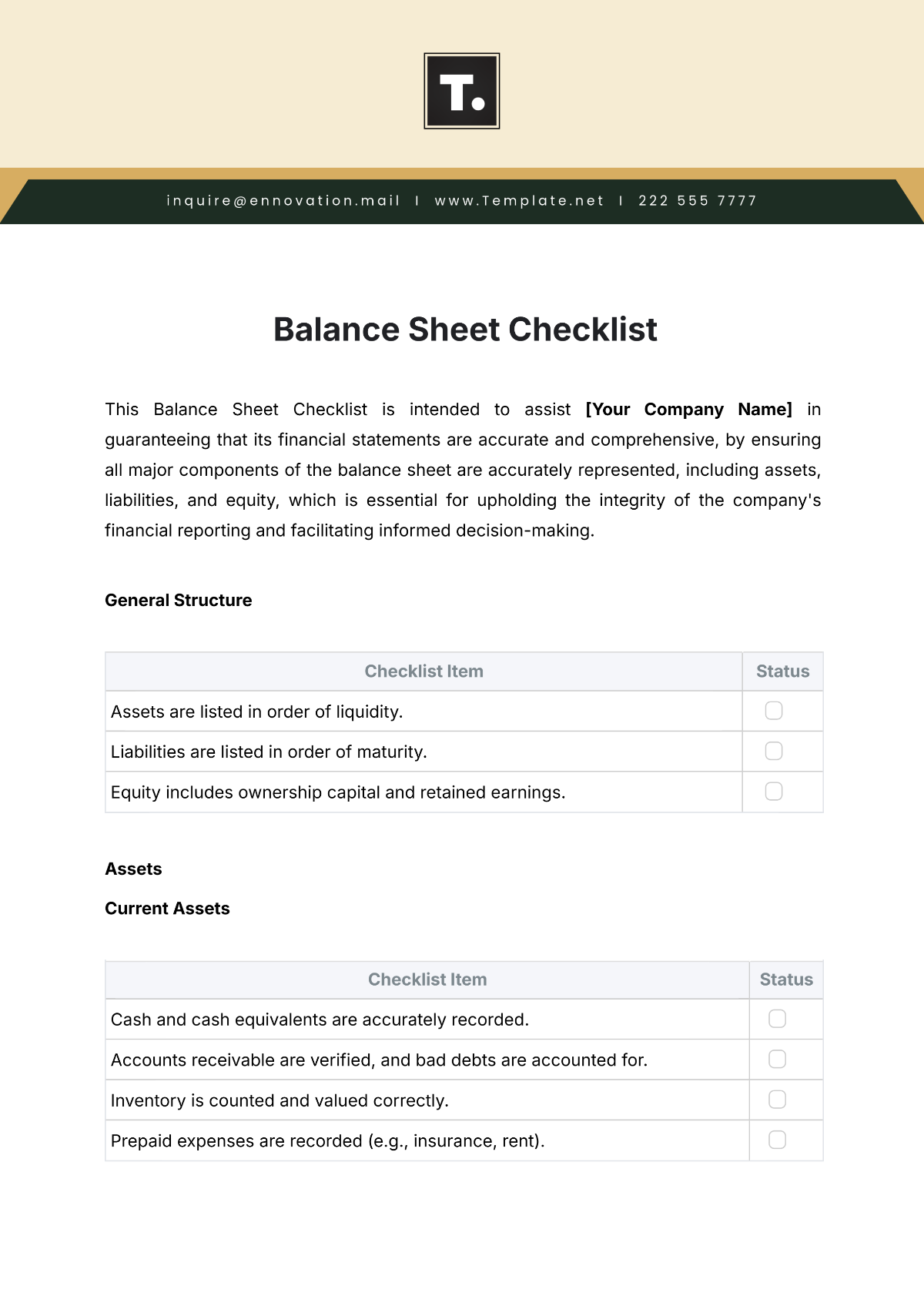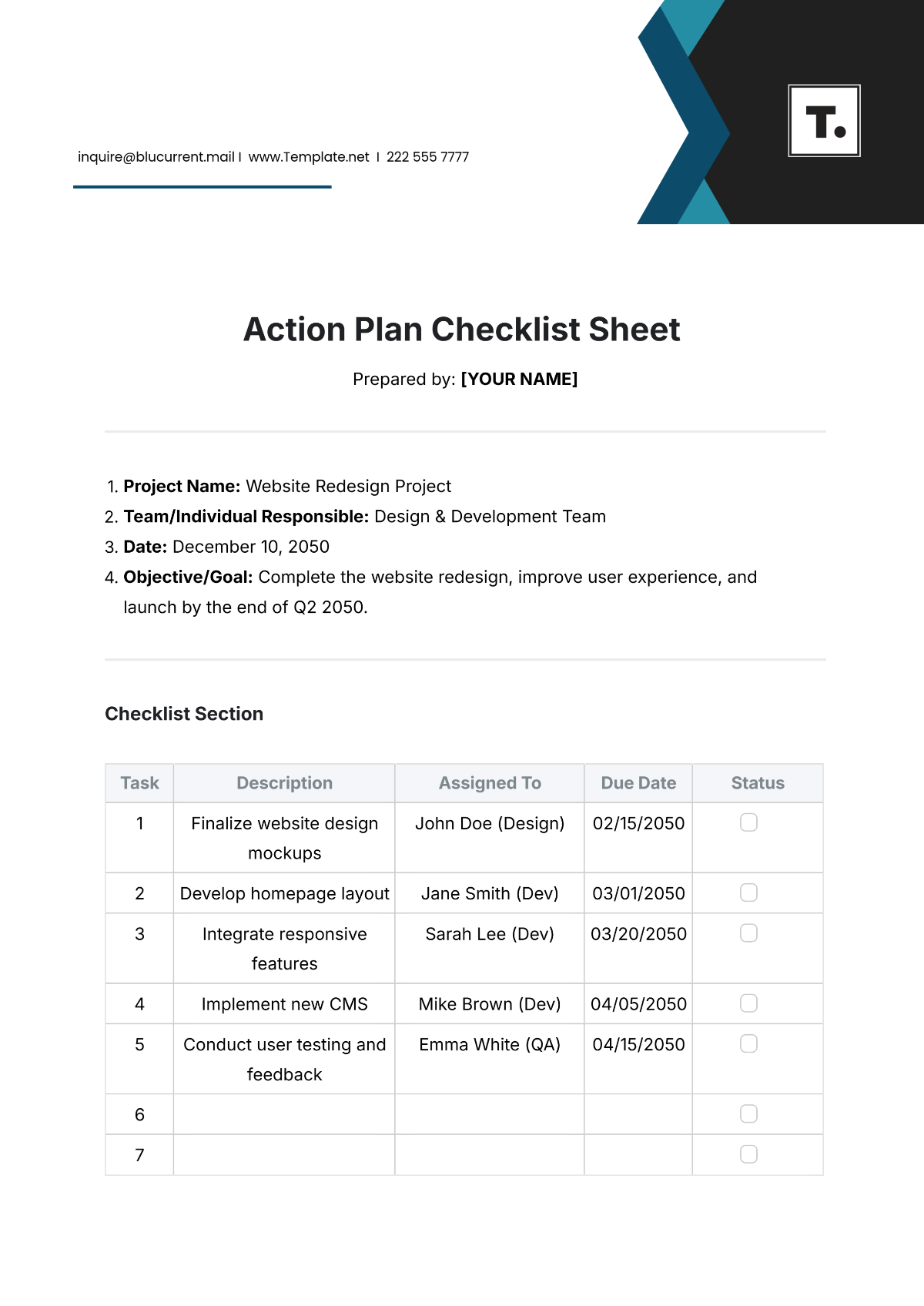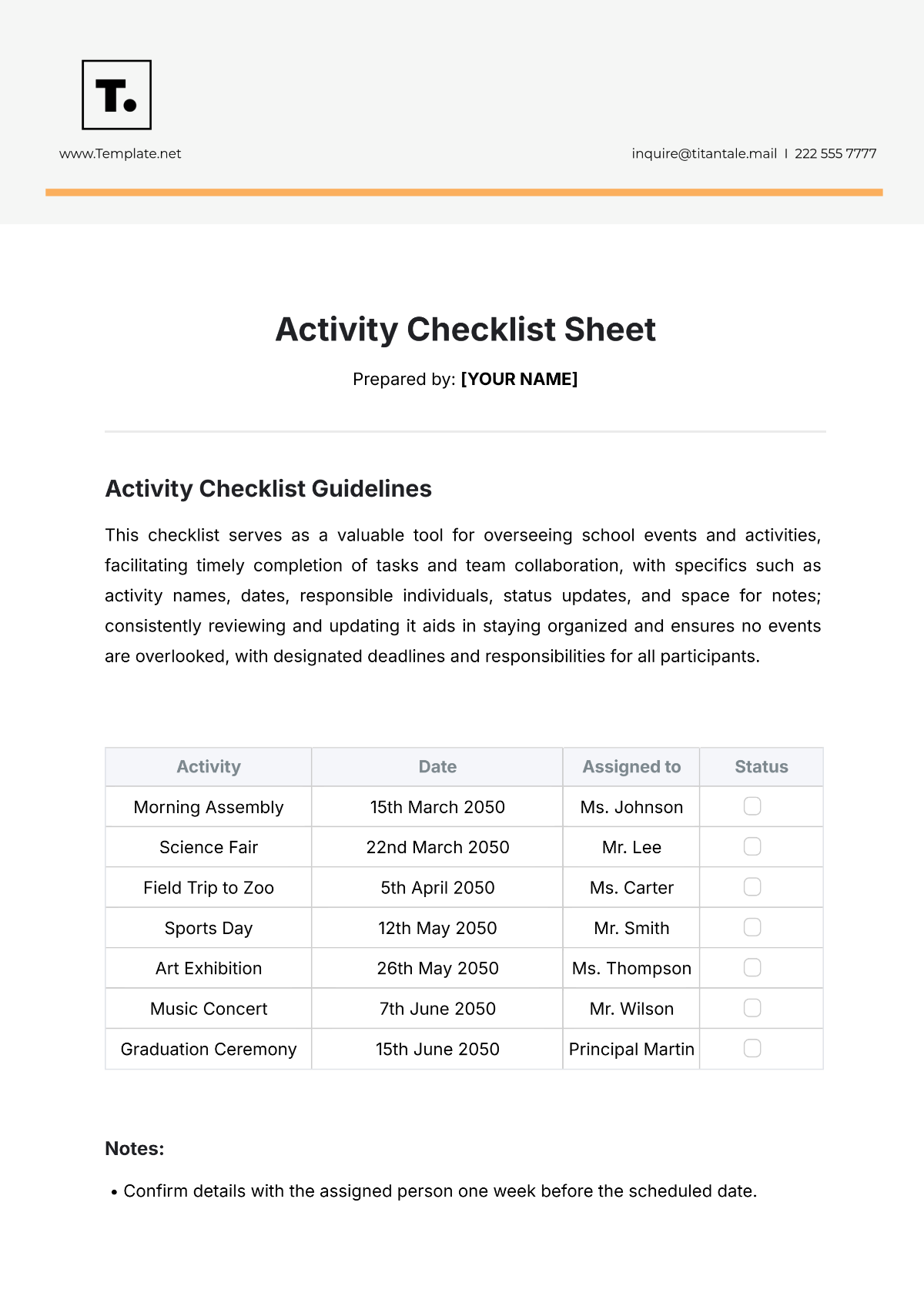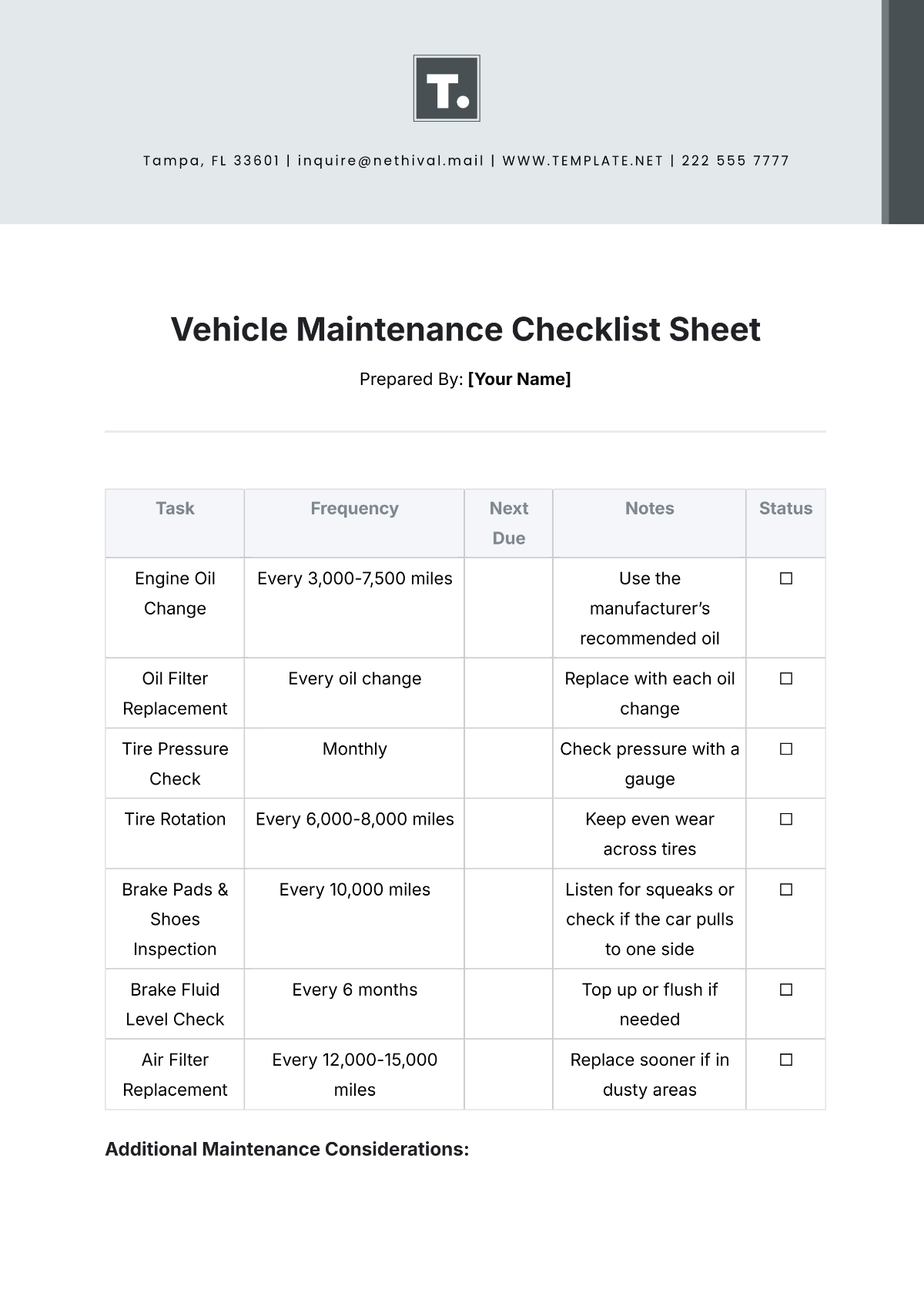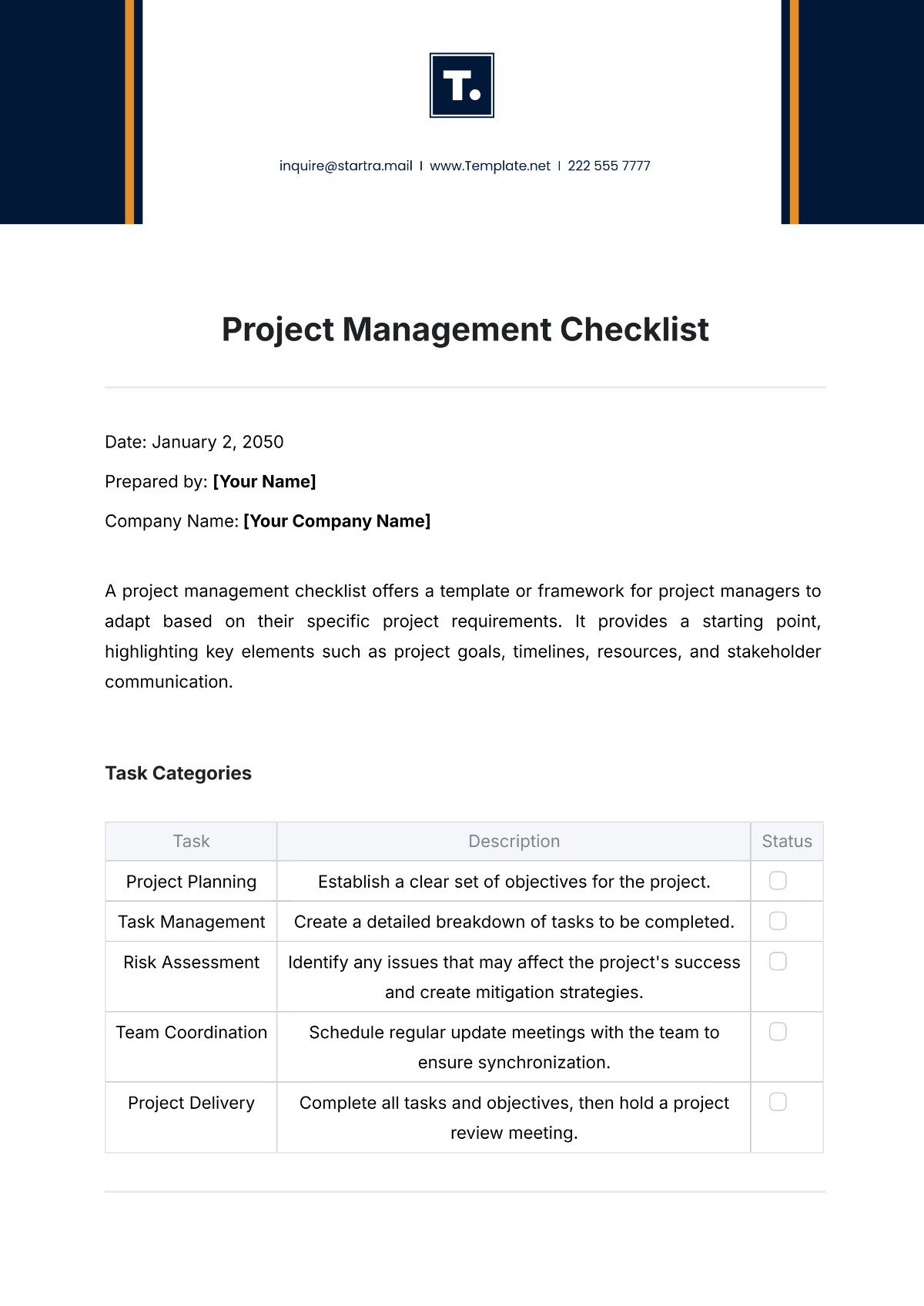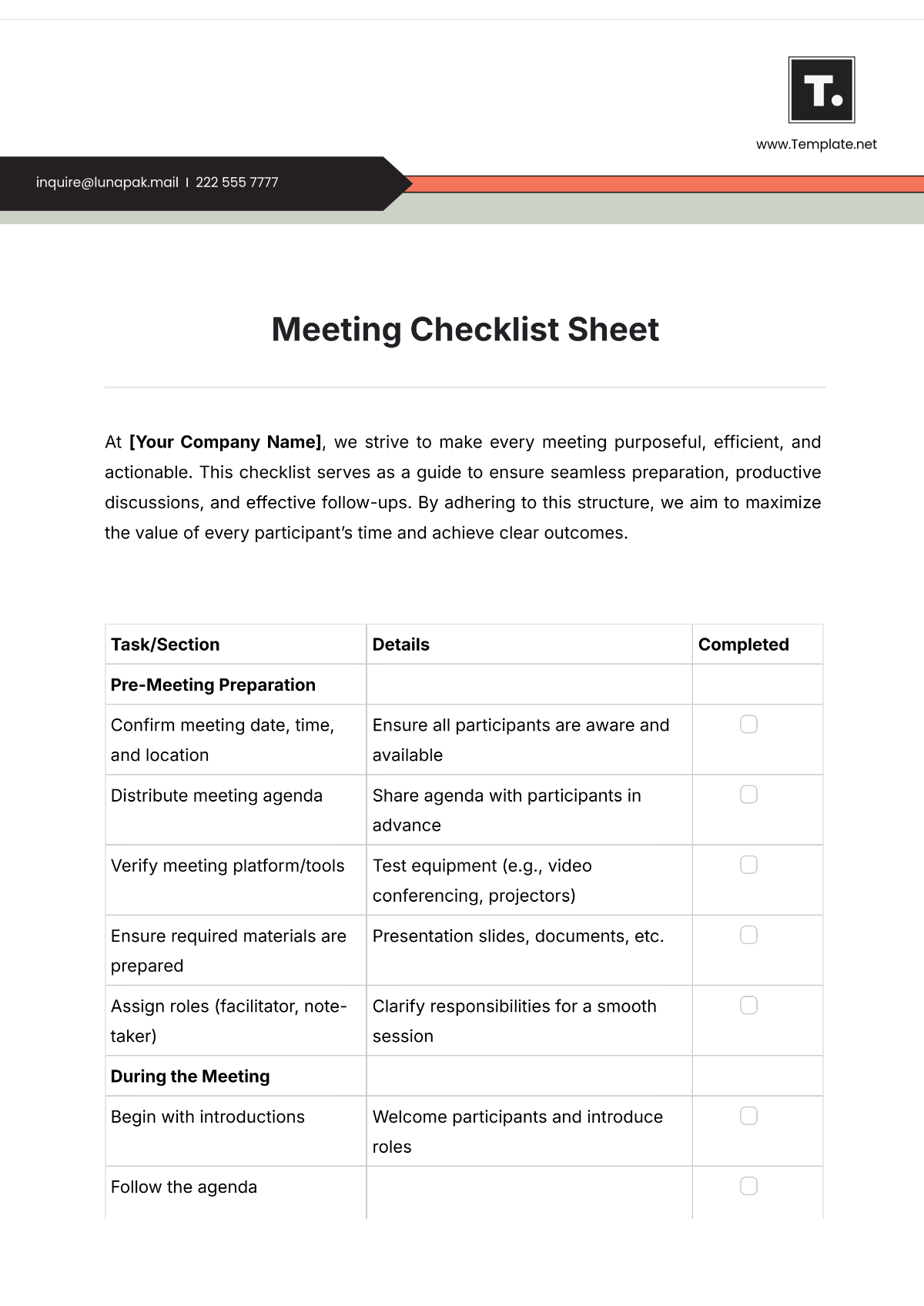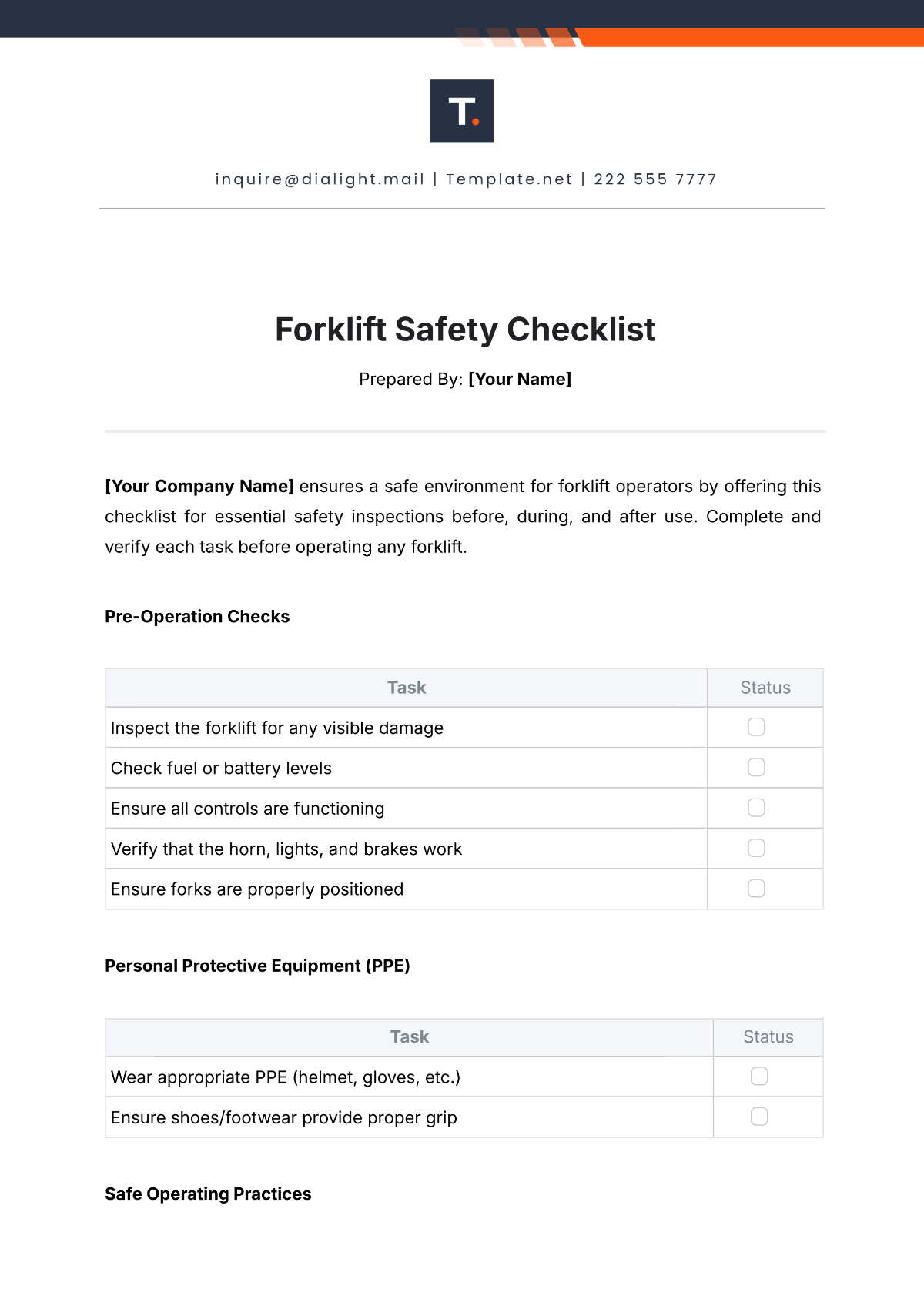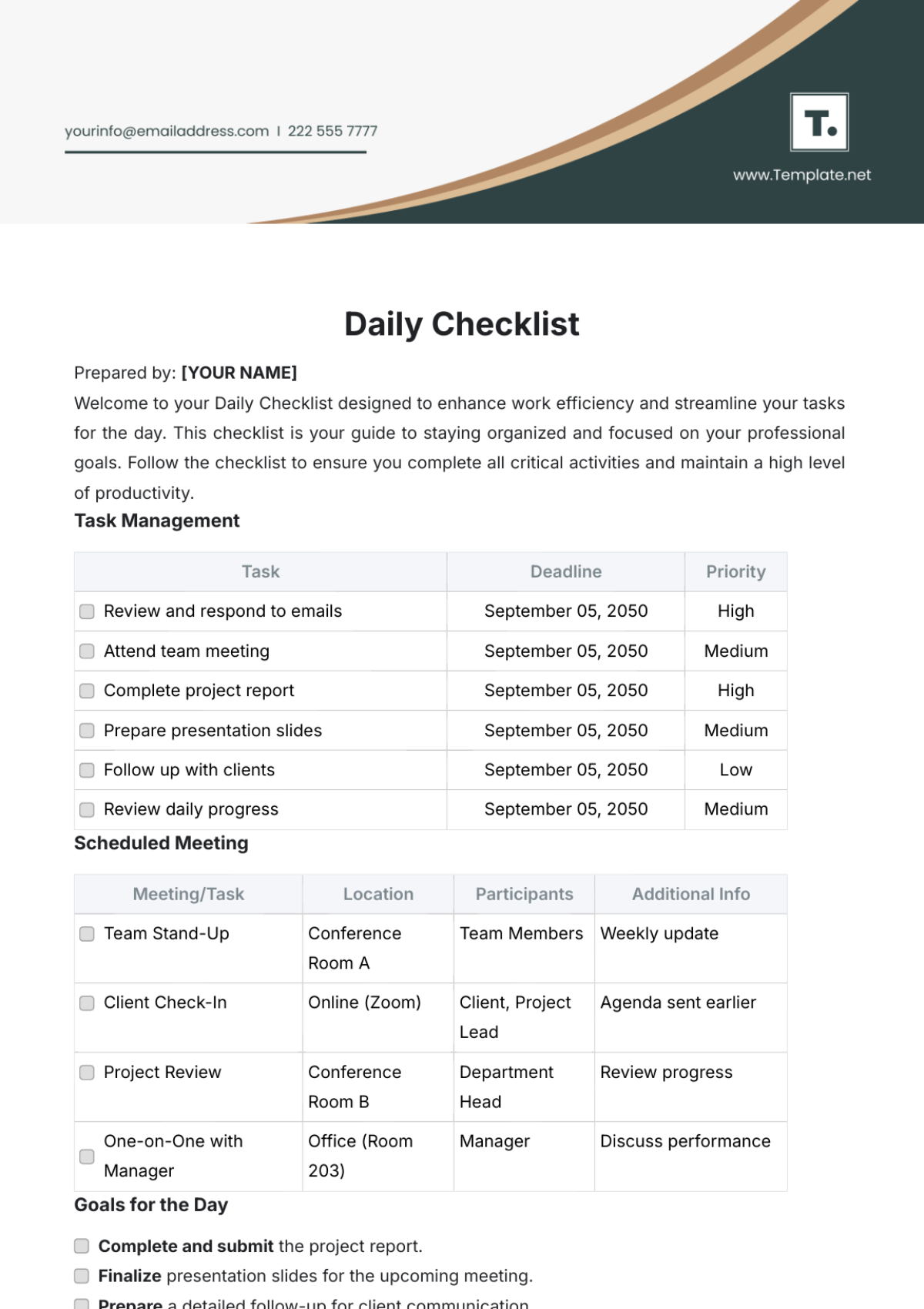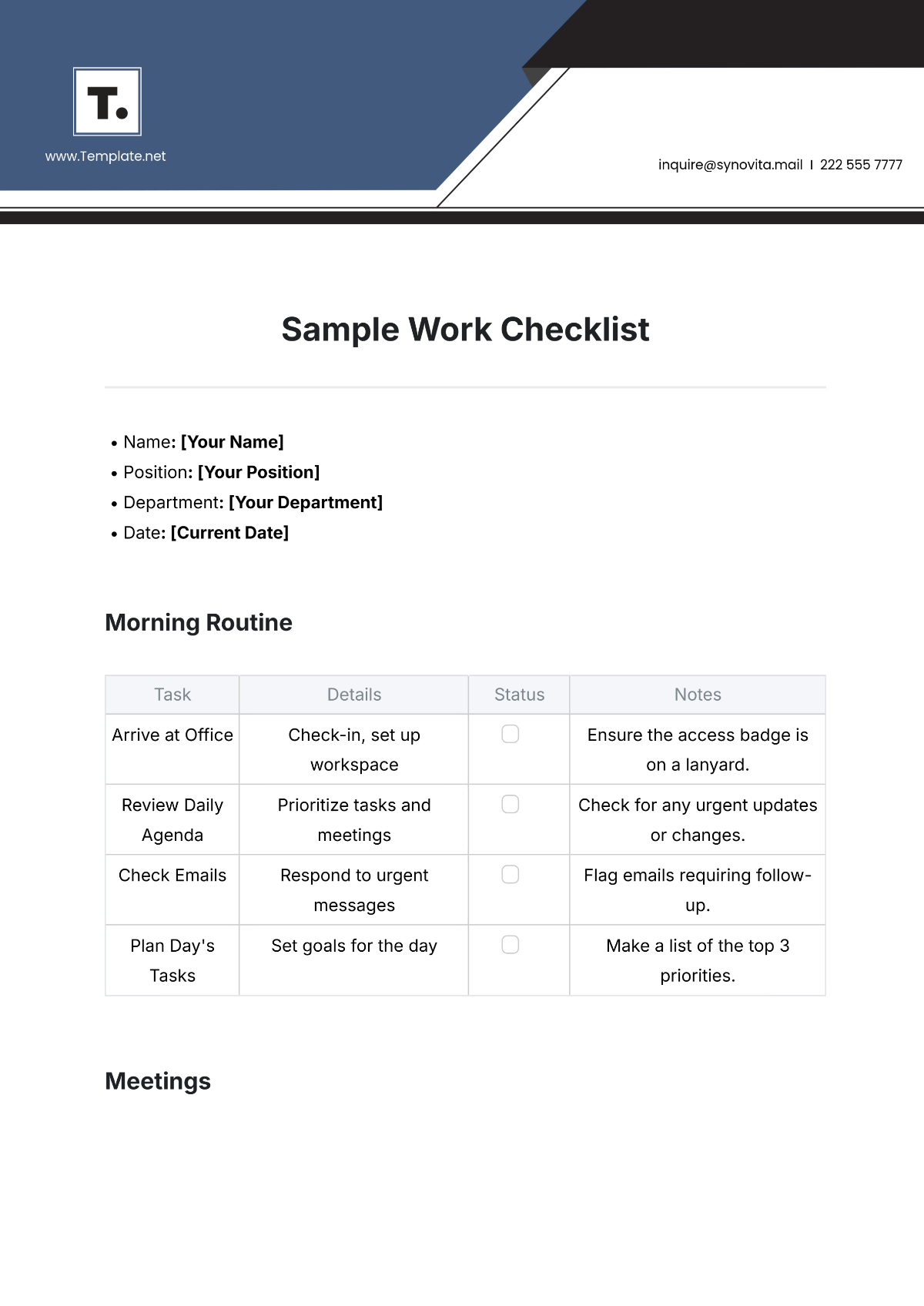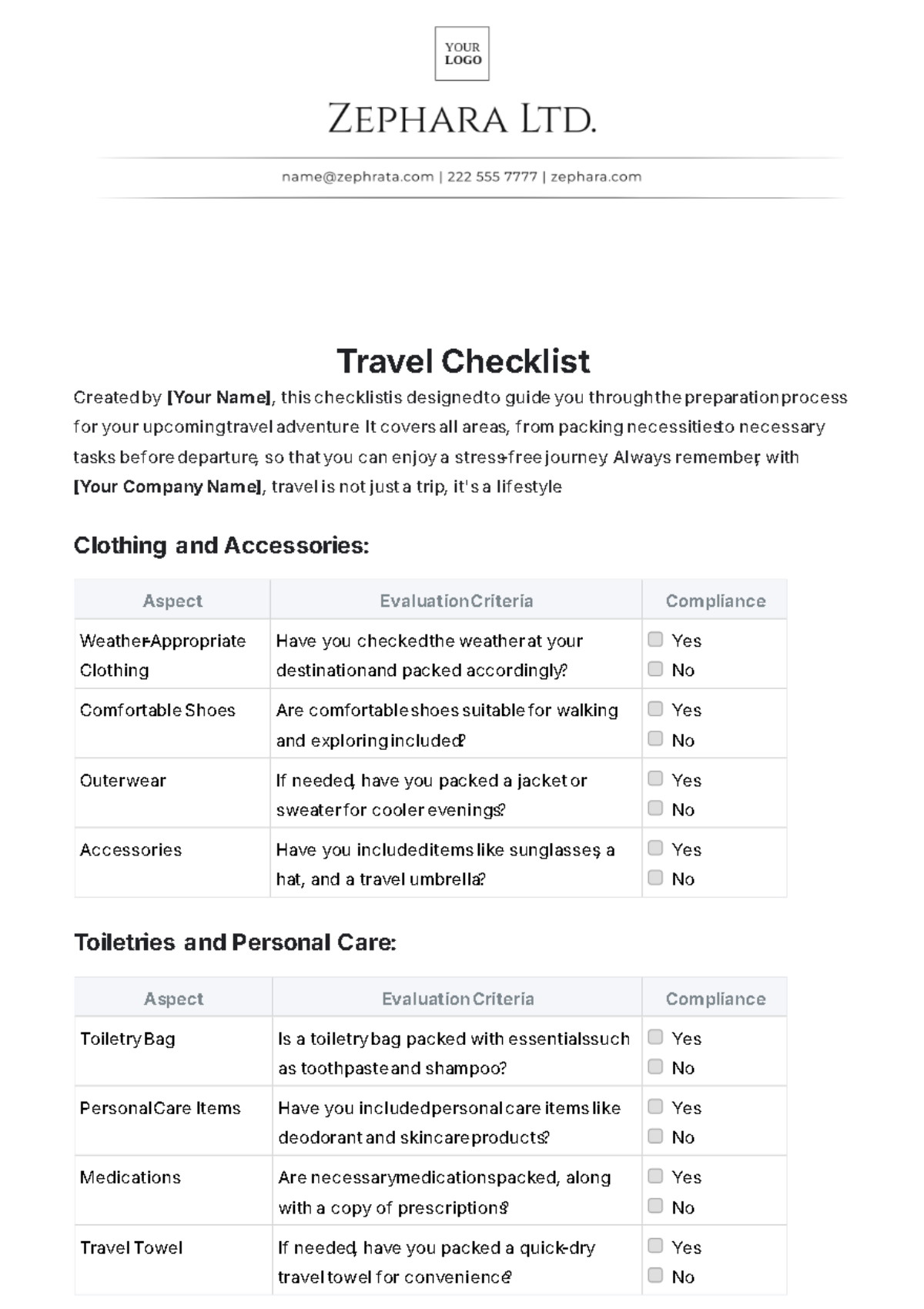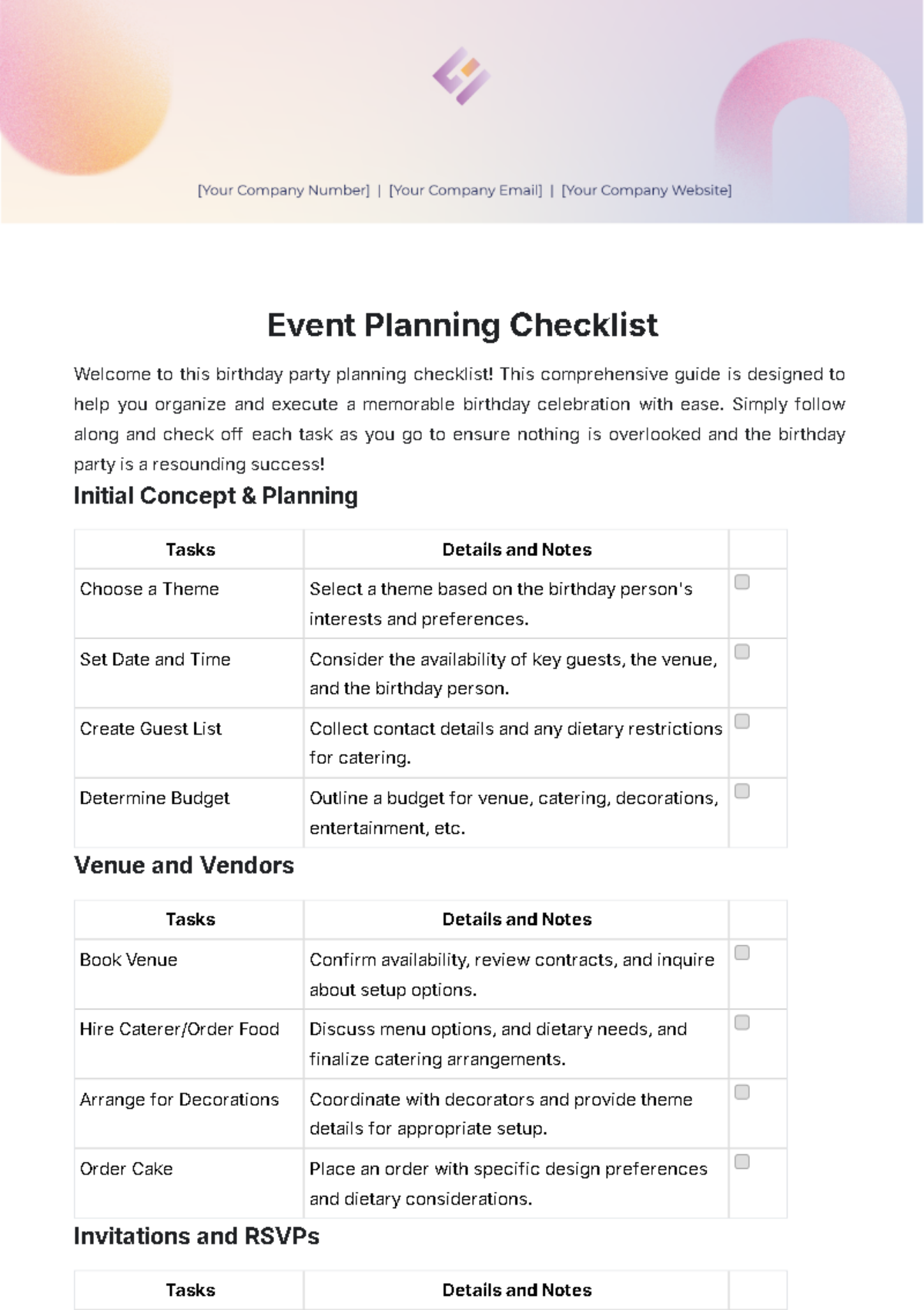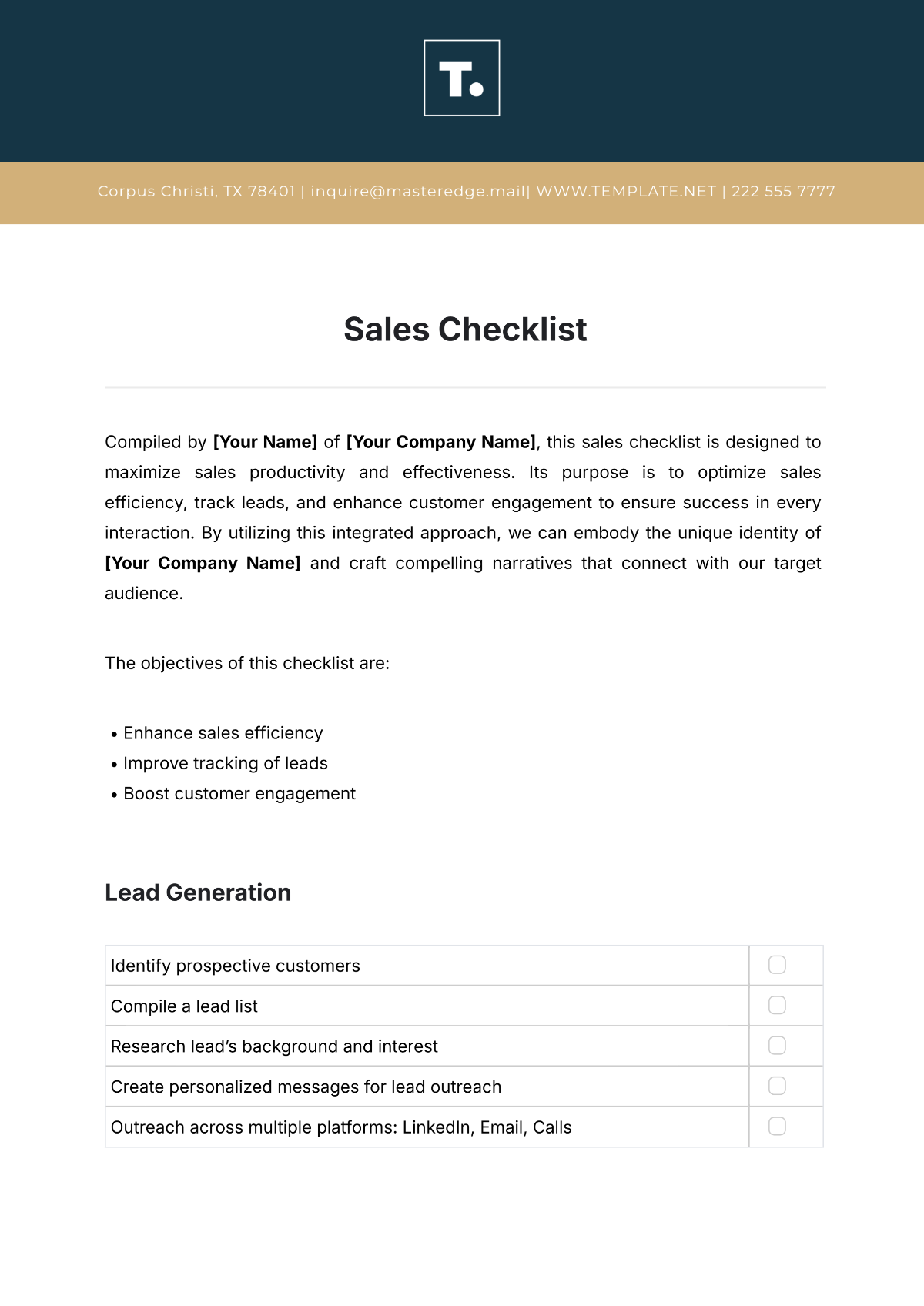Health And Safety Fact Sheet
I. Introduction

[Your Company Name] Health and Safety Fact Sheet. This document provides essential guidelines and procedures to ensure a safe and healthy environment for all employees, visitors, and stakeholders involved in Specific Environment or Activity.
II. General Safety Guidelines
Always use proper PPE: This guideline highlights the need for essential protective gear, including helmets, gloves, goggles, and masks, to mitigate injury risks and exposure to hazards.
Maintain a clean and organized workspace: Keeping your workspace clean and organized reduces the chances of accidents caused by clutter, spills, or misplaced items. It also promotes efficiency by allowing easy access to tools and materials.
Learn and follow all emergency exit routes and procedures. Familiarity with emergency exit routes, assembly points, and how to use safety equipment ensures swift and safe evacuations during fires or earthquakes.
Regularly inspect tools and equipment for wear and tear: Regular checks and timely repair or replacement of tools and equipment ensure safety and efficiency, reducing accidents and injuries.
III. Hazard Identification
Identifying hazards is crucial in maintaining workplace safety. Below are common hazards to watch out for:
Chemical hazards - exposure to harmful chemicals: Risk of harm from contact, inhalation, or ingestion of toxic substances like acids, solvents, or gases, which can cause burns, respiratory issues, or poisoning.
Physical hazards - slip, trip, and fall risks: Dangers related to slippery surfaces, uneven floors, or obstacles can cause employees to lose balance, resulting in falls and potential injuries like fractures or sprains.
Biological hazards - exposure to harmful microorganisms: Potential contact with bacteria, viruses, fungi, or other pathogens that can cause illnesses or infections, is often found in biological materials like bodily fluids or contaminated surfaces.
Ergonomic hazards - improper workstation setup: Risks arise from poor ergonomic design of workstations, equipment, or tasks leading to musculoskeletal disorders such as back pain, repetitive strain injuries, or eye strain.
3.1 Reporting Procedures
Report all identified hazards immediately using the specified protocol.
Contact your supervisor or the [Your Department] safety coordinator.
Fill out a detailed incident report, available on [Intranet or Specific Platform].
Participate in follow-up investigations if necessary.
IV. First Aid and Emergency Procedures
Scenario | Action | Contact Information |
|---|
Minor Injuries (cuts, bruises) | Seek a first aid kit; apply basic first aid. | Internal: 12345 | External: 911 |
Major Injuries or Illness | Call for immediate medical help. | Internal: 12345 | External: 911 |
Fire Emergency | Use the nearest fire extinguisher, if safe. Evacuate. | Internal: 12345 | External: 911 |
V. Training and Education
Regular training sessions are systematically held to guarantee that every employee is well-informed and familiar with the necessary safety practices and emergency procedures. Details regarding the schedule for upcoming sessions are readily available and can be accessed on [Intranet or Specific Platform].
5.1 Required Certifications
Certain roles at [Your Company Name] require specific safety certifications due to the job's demands. For more details about these prerequisites, contacting the Human Resources Department is recommended.
VI. Contact Information
For further information or to report safety concerns, please contact:
VII. Conclusion
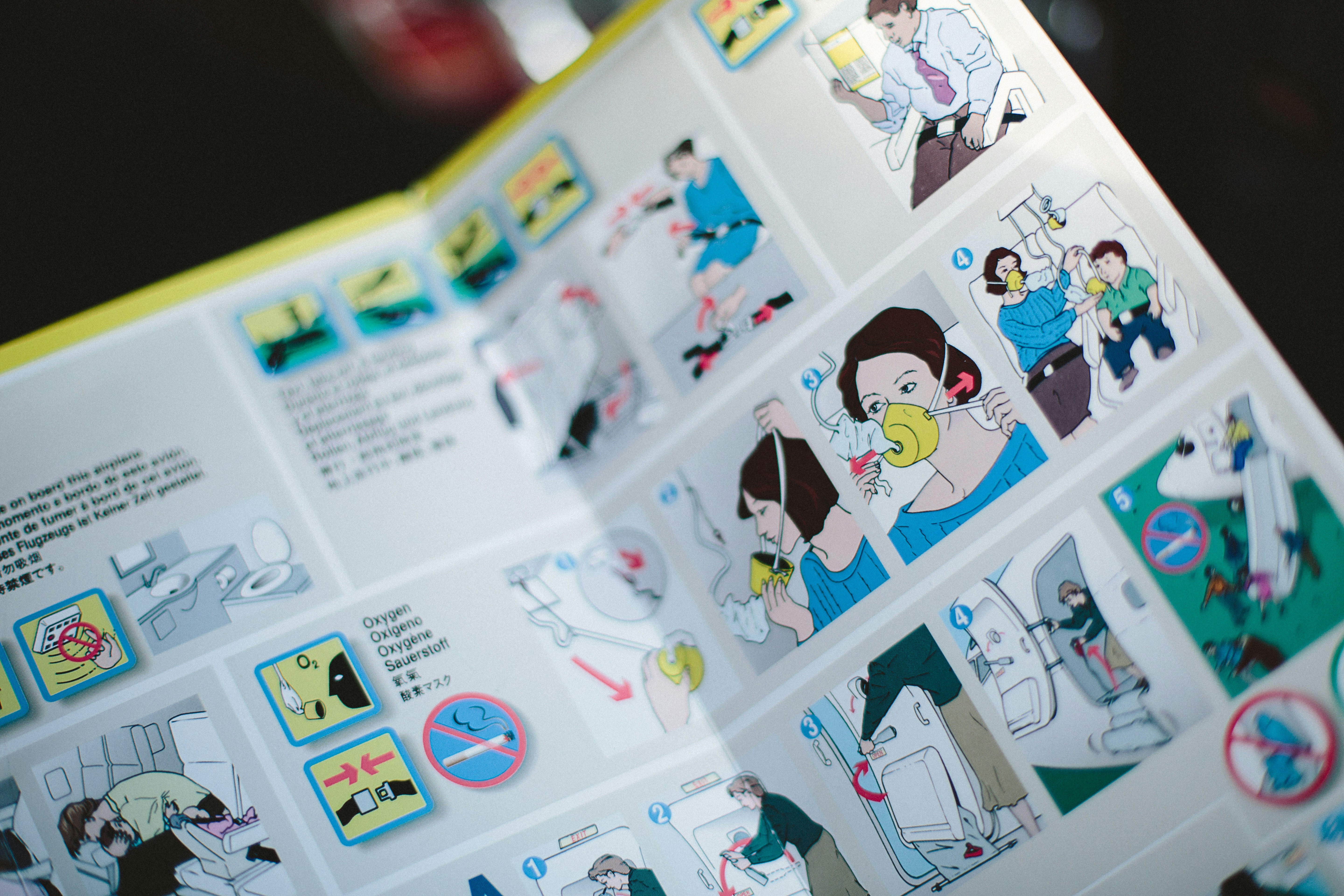
At [Your Company Name], we are fully dedicated to ensuring that our workplace remains a secure, safe, and healthy environment for all. It is important to remember that the responsibility for maintaining safety does not rest with a single individual; rather, it is a collective duty that must be shared among all of us. Let's collaborate and contribute actively to preserving the security of our workplace.
Fact Sheet Templates @ Template.net
